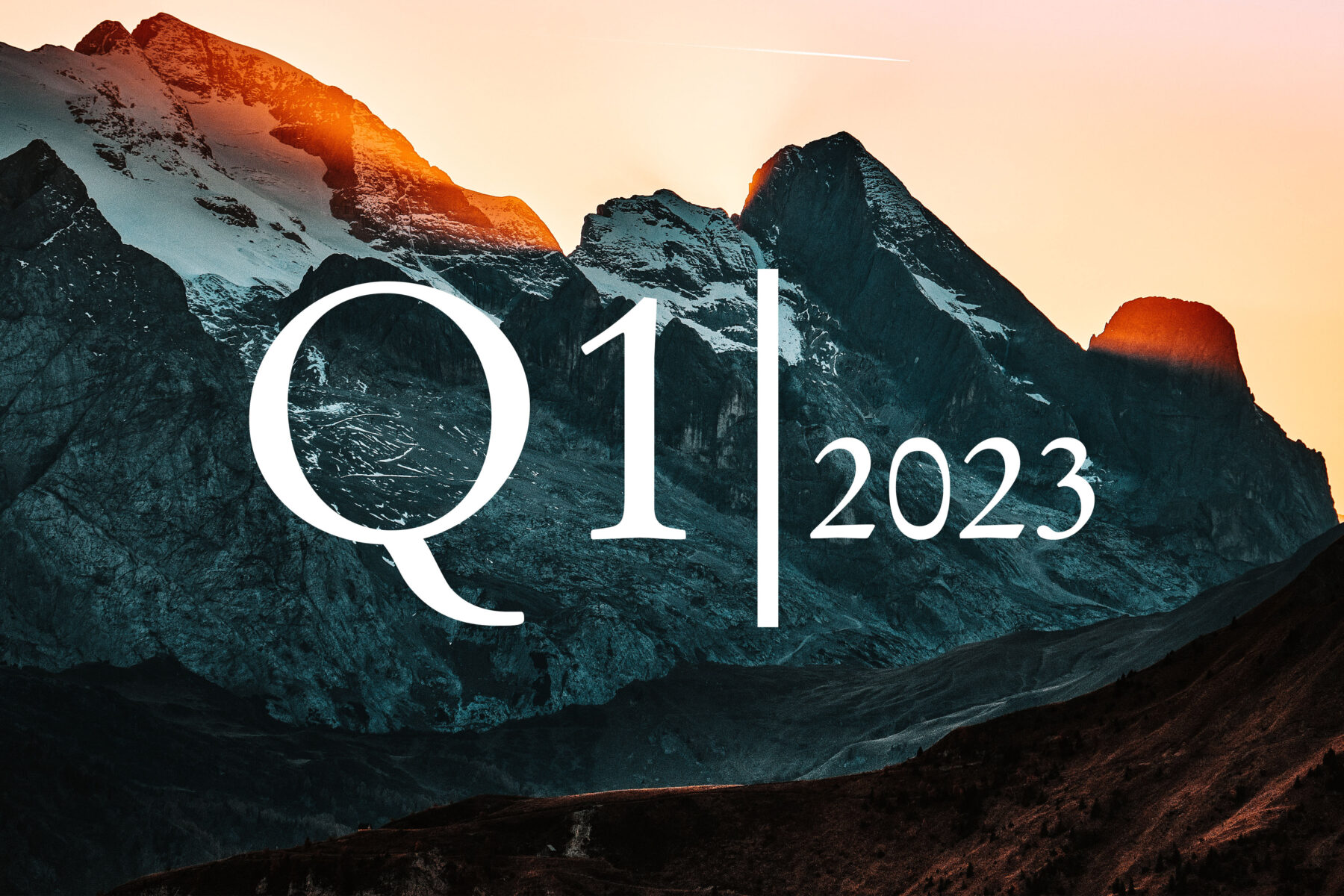Oil demand weak in the short term, supply ultimately even weaker
Crude oil experienced a difficult fourth quarter. With recession worries in the West and rising COVID-19 cases in China, fears of weak demand dominated. As a result, oil is now trading roughly where it was at the beginning of the year. However, with a mild recession and a move away from the zero-covid policy in China, a drop in demand would only be temporary. The supply problems, on the other hand, seem structural. Oil producers in both the US and the Middle East are reluctant to invest, and with the EU oil embargo, some Russian supply is likely to be lost in the long run. In addition, supply support from the release of strategic US reserves will cease at the turn of the year. If these are replenished, this will even mean additional demand. We expect a tight oil market and rising prices.
US producers refuse to invest despite high oil prices
Drilling activity in the US shale oil industry typically follows the oil price. Since the oil price collapse in 2020, producers have held back on investments.
Positive outlook for gold, but declining relative attractiveness
Gold managed to break the downward trend of the summer in Q4. The decisive factor for the new strength was the weakness of the US dollar. Meanwhile, stagnating real interest rates finally offered less headwind. As a result, gold is also trading more or less where it was at the beginning of the year. The downward potential should remain limited in the coming months. This is because investors have sold more than half of the gold holdings built up in the course of the COVID-19 crisis. The trend towards the de-dollarisation of central bank reserves, on the other hand, has accelerated significantly since Putin’s war. Nevertheless, the attractiveness of gold has declined. Firstly, it remains a plaything of the Fed and thus positively correlated to equities and bonds. Secondly, other safe havens such as US or German government bonds are increasingly offering attractive current yields.
Diversification effect of gold currently limited
Normally, gold exhibits low correlation to equities and thus has a diversifying effect. Currently it is highly correlated to both equities and bonds.
Long-term upward trend in industrial metals accelerates
Industrial metals performed well in Q4 despite the gloomy economic outlook in the West. Support came from China due to measures to support the real estate sector as well as demand from the grid expansion and e-mobility sectors. The very low inventory levels signal that the metals markets are already tightly supplied. In addition, continued high energy prices, a large part of production costs, should limit the downside potential. Once the recession is behind us, industrial metals should make strong gains. Not least because demand is likely to have accelerated due to the energy transition in the wake of the Russia-Ukraine war.
Tight supply limits downside risks of industrial metals
Equal weighted price and stock index of copper, nickel, aluminium and zinc indexed to 100 on 01/01/2017.
Author

Ludwig Kemper
Ludwig Kemper has been working as a strategist since 2019 and as a portfolio manager since 2021 at Berenberg’s Multi Asset unit. His responsibilities include the generation of investment ideas and the preparation of analyses to support investment decisions. Ludwig focuses on the commodities sector and derivatives markets. Previously, he completed a dual study programme at Berenberg in cooperation with the Hamburg School of Business Administration. In his rotations, he worked in investment banking, equity research and asset management. He received his Bachelor's degree as valedictorian of his class. Ludwig is a CFA charterholder.


